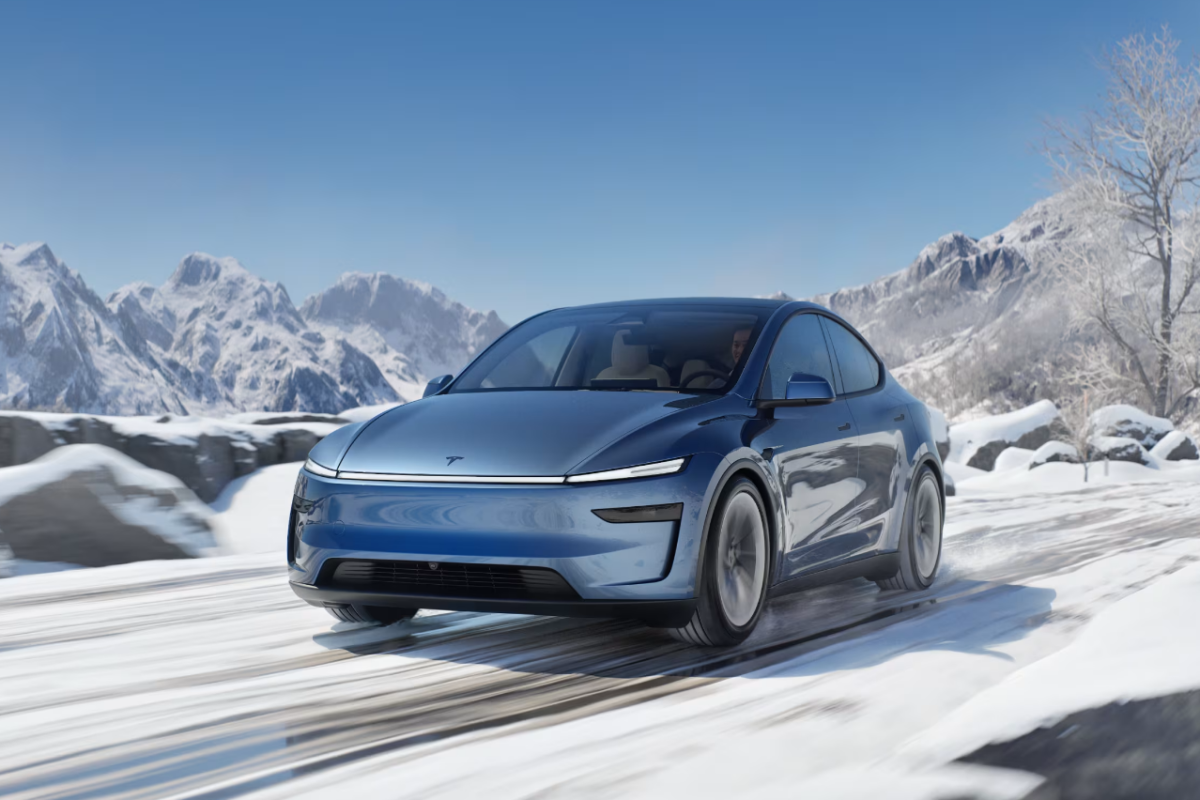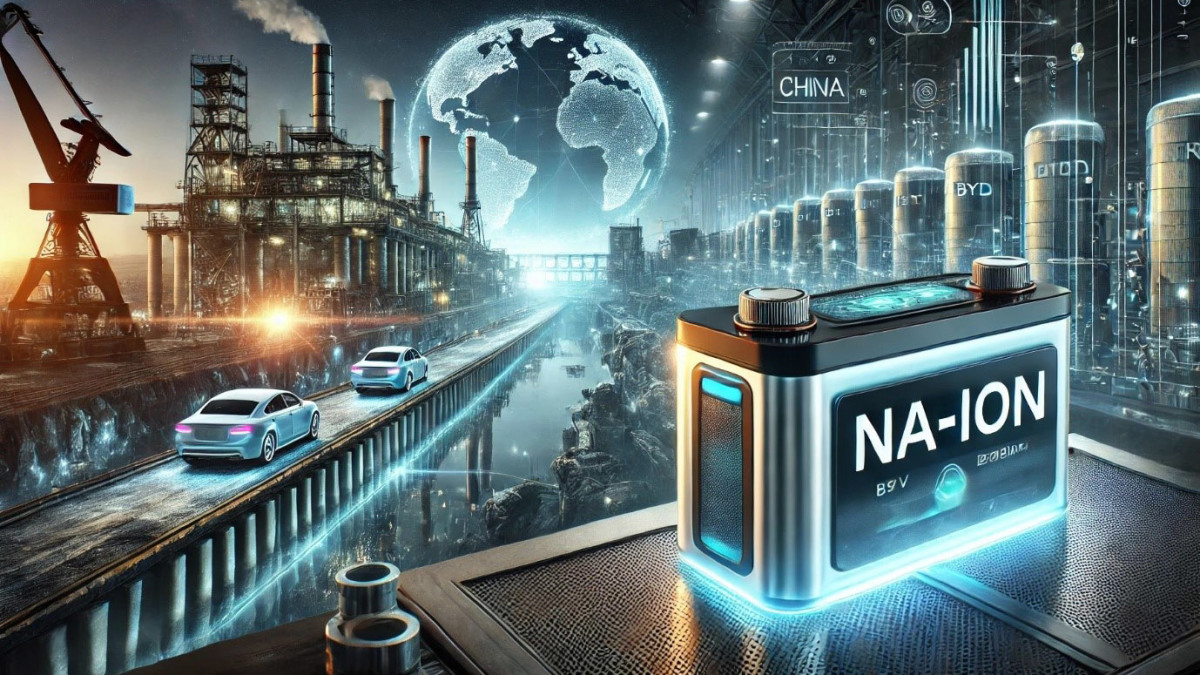The Sodium Revolution

There’s a new player changing the rules in the world of electric vehicles, coming straight from China – the sodium-ion battery. Priced at just $10 per kilowatt-hour as projected by Bloomberg NEF in 2025, this innovation could shake the very foundations of the US lithium-dependent auto sector. Imagine, today’s lithium iron phosphate batteries have even their cheapest options priced at $75/kWh, while Tesla’s much-talked-about 4680 cells float around $100/kWh. The introduction of sodium-ion tech means budget-friendly EVs are more reachable than ever, with Tesla’s $25,000 Model 2 likely becoming a game changer for countless American potential EV buyers who find costs prohibitive.
Chinese Prowess

China’s CATL, the world’s largest EV battery producer, is spearheading this transformation. Their new 30GWh facility in Fujian province is already churning out sodium-ion cells, with plans for expansion to supply major automakers, such as Chery and BYD, by late 2025. These aren’t just theories either; CATL’s first-gen sodium batteries are already powering 250,000 urban delivery vans in China. With an energy density of 120-160 Wh/kg, it’s a promising start. The real kicker is its lifespan, boasting 10,000 cycles compared to Tesla’s 1,500. While these batteries might not yet match lithium for range, they are perfect for grid storage and urban vehicles. Sodium-ion cuts production costs by 70% through:
- Abundant resources: Sodium carbonate is a mere $200 per ton while lithium carbonate easily reaches $15,000 per ton, based on 2025 figures.
- Simplified extraction: It’s accessible from places like seawater or Wyoming’s Green River Basin, holding a whopping 90% of global reserves.
- No harmful minerals: This tech bypasses the controversial cobalt and nickel, reducing reliance on mining in conflict zones.
- Stable supply: Free from being manipulated by those controlling lithium reserves.
If embraced in the US, sodium batteries could slash initial EV costs by $8,000 to $12,000, making models like the Chevrolet Bolt 2.0 or Ford E-Transit more attainable.
Learning the Hard Way
American automakers might be stuck in old patterns—the same way GM clung to their V8s during the oil crises. Now, there’s an over-reliance on lithium, a resource experiencing a massive 1,400% price volatility since 2020. Price spikes, potential production halts, and geopolitical pressures—these are risks awaiting the industry:
- Cost surges: At $100/kWh, a lithium battery adds another $6,500 to a standard 65kWh battery pack.
- Manufacturing delays: For instance, Ford’s $3.5 billion Michigan setup relies heavily on lithium from Chile.
- Political leverage: With China managing 65% of lithium refining, the stakes are high.
This is where sodium-ion comes in as a saving grace. Manufacturers like CATL are ready to switch between lithium and sodium as easily as changing shoes. However, US automakers bound by domestic sourcing regulations don’t share this flexibility—something they’d need to overhaul promptly.
The Future
By 2030, it’s anticipated that sodium-ion batteries will account for 12% of the global storage market. Meanwhile, China’s progress is notable. Yes, the US has its own Natron Energy’s Michigan factory, though its 600MWh yearly output pales next to CATL’s 30GWh.
Steps Forward:
- Accelerating permit processes for sodium mining.
- Enhancing IRA tax credits to support sodium-ion R&D.
- Pushing for dual-chemistry vehicles by the decade’s end.
Without these measures, America risks trailing in the race for next-gen EVs, especially with Chinese firms testing 310-mile sodium-powered models.
Final Thoughts
The innovation here isn’t about just chemistry; it’s about economic survival. Sodium-ion technology could mean affordable EVs for US consumers without being tethered to lithium’s unpredictable market. For Detroit, it’s a stark reminder to innovate or risk obsolescence, much like its old V8 production lines. The pivotal question is whether America will trail behind or spearhead this salty transition. Read more insights here.
Lotus Emira V8 Buzz
Xiaomi YU7 Unveiled
Porsche 911 Goes Off-Road
BMW M4 VR46 Unveiled
VW Apocalyptic Ride